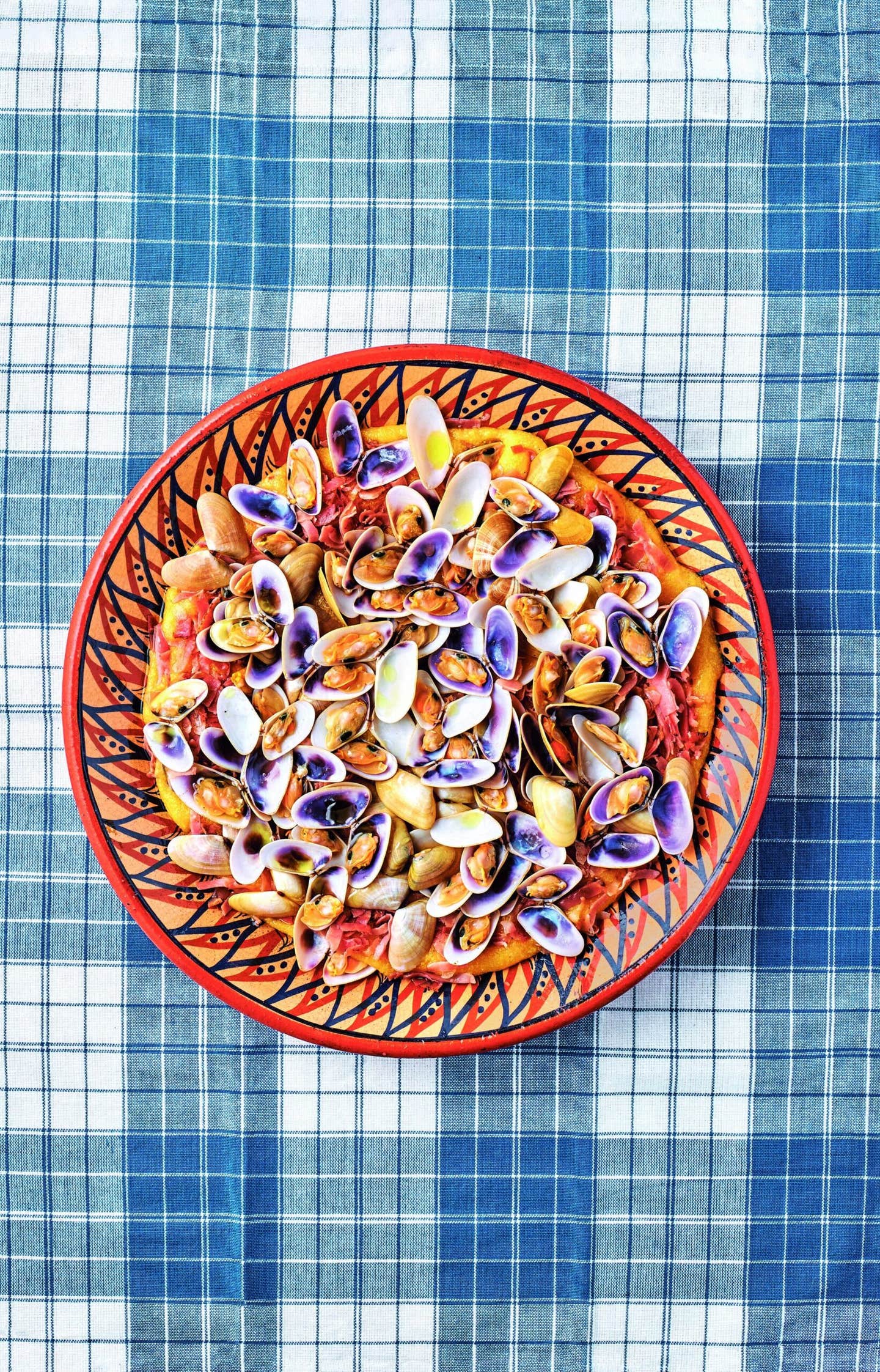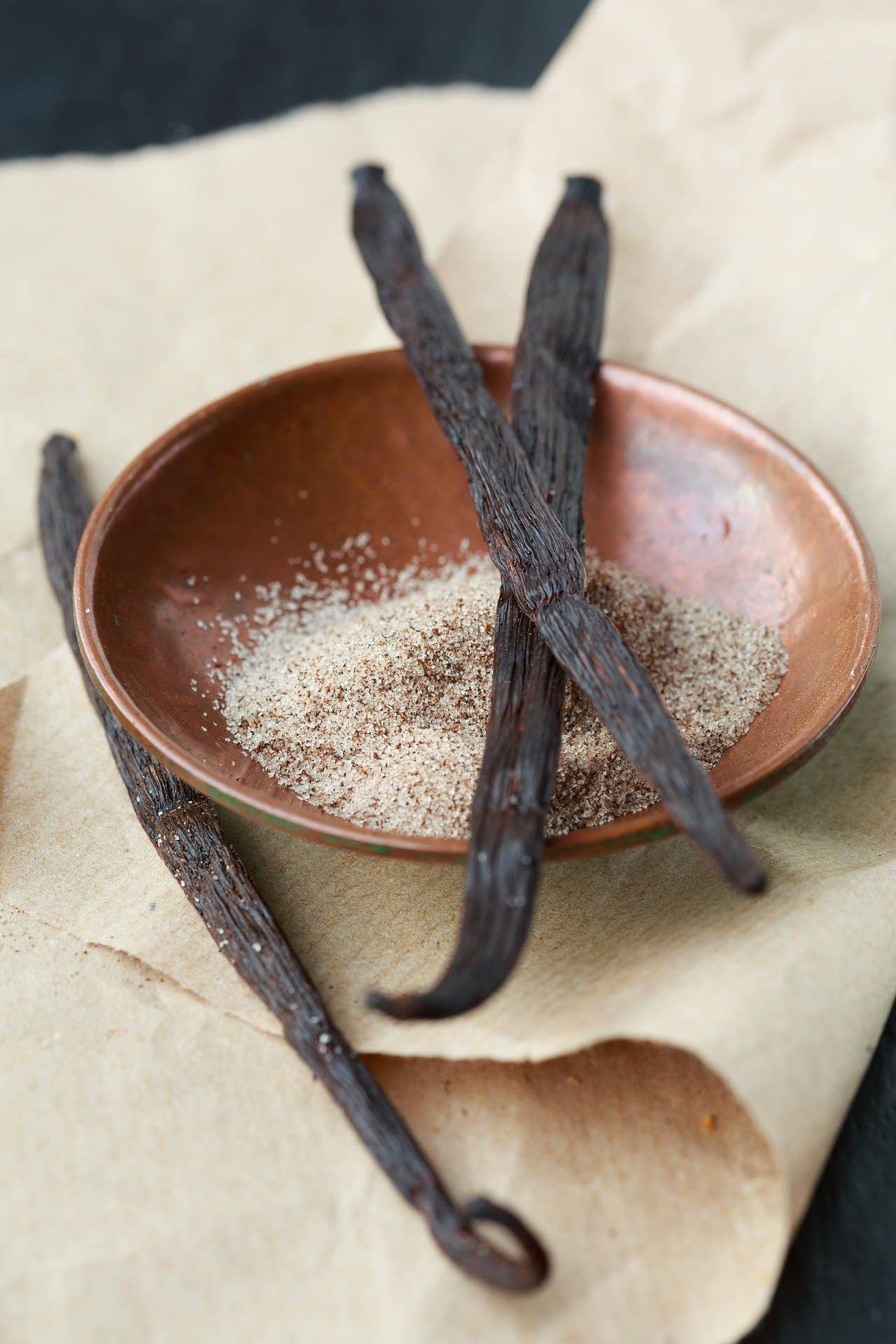Look for images of witches this time of year and, though there are a sprinkling of sleekly glamorous ones—perhaps Melisandre from Game of Thrones—the vast majority are hook-nosed, humpbacked, bewhiskered crones. It’s depressing and also feels like cultural ageism and even a misogynous slur. As it happens, historical gastronomist Sarah Lohman has plenty to say about that, as well as all things witchy and Halloween.
Sarah grew up in Ohio where her first job, at 16, was at a living history museum. Assigned to the kitchen where they only used wood-burning fire and cooked with ingredients available way back when, Sarah became fascinated with historical food. Since then she’s hosted Colonial dinners, done events and a podcast with The Masters of Social Gastronomy and written the bestselling Eight Flavors: The Untold Story of American Cuisine. Interestingly enough, Sarah said almost everything about witches and their portrayal can be traced back to food.
Take the main elements of witchiness: the hat, the cat, and the broom. In the Middle Ages, alewives were often women who stirred their water, malt, yeast and hops in the yard. And the tools of their trade? A cauldron big enough to hold their ingredients, a cat to keep away rats, and a broomstick to hang outside the door when the beer was done. These enterprising women even wore tall peaked hats so the crowds at the market could see where they sold their wares. Now enter the first brewers’ guild: a men-only association which framed these women as ugly, poison-peddling, and dangerous; a marketing gambit that happened to stick like a burr.
Speaking of witches, the Salem witch trials were supposed to be the result of a rash of hysteria amongst young girls. As Sarah Lohman says, we are often told “they were teenagers who wanted attention and all these other tropes about women that are now kind of tired.” Over the years, anthropologists have also put the accusations down to the politics, the place, and the times, but others have cited something more visceral, real, and misunderstood. Anthropologist Linda Caporael has made a strong case for ergotism as a possible cause. Ergot, a black fungus that grows on grains such as rye, has LSD-like properties. Ingesting ergot can cause hallucinations, convulsions, and a prickling pinching sensation from vascular constriction, severe enough to cause gangrene. Caporael studied weather records of the time as well as the land composition around Salem. The wettest, lowest farms in the area also happened to be owned by families with only daughters, the ones who were accused. And, to make the case even more compelling, in 1691 there was a long hot summer after an astronomical amount of rain, perfect ergot conditions, and the witch-possessions occurred only after the harvest. Children and pregnant women were generally the most susceptible, and the ergot would have had just enough time to build up in their systems and cause the havoc that ended up being so fatally misunderstood. It’s a circumstantial idea, but also one that is as credible as mass female hysteria. Who knew? Sometimes life altering events can come down to the unlikeliest things: smear campaigns and agricultural flukes.
For more of Sarah’s fascinating culinary sleuth-work and recipes (make your own candy corn!) take one of her Zoom classes at the Brooklyn Brainery or pick up her latest book.





